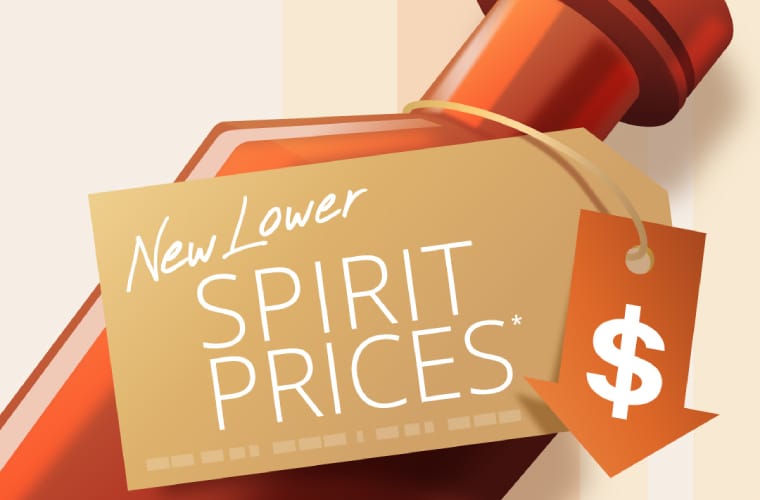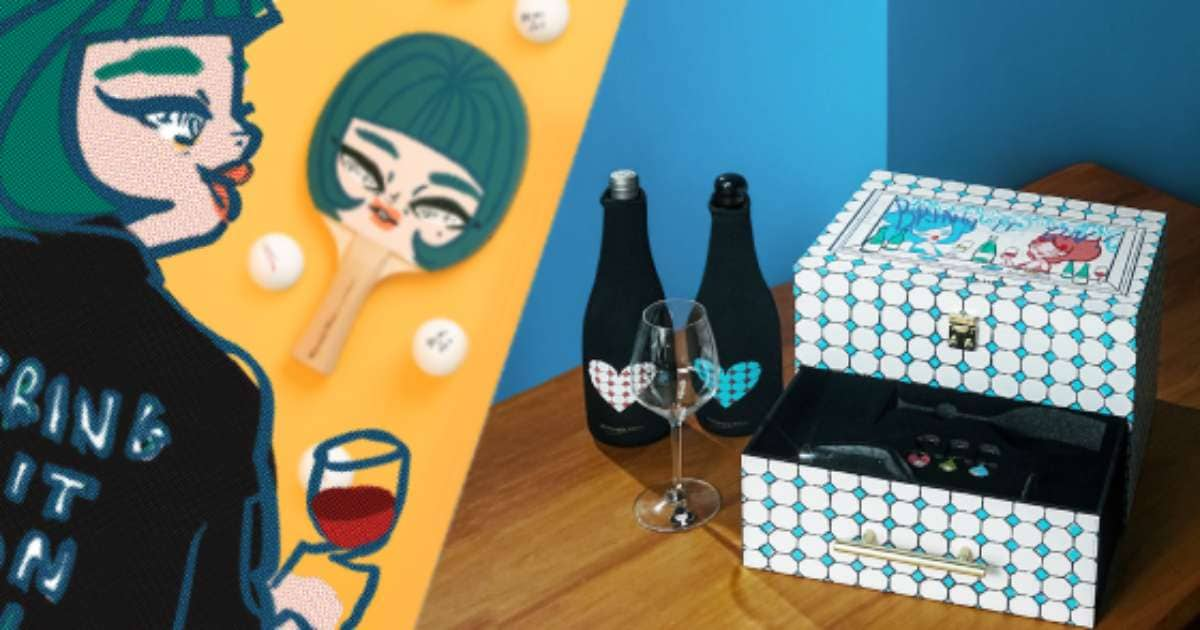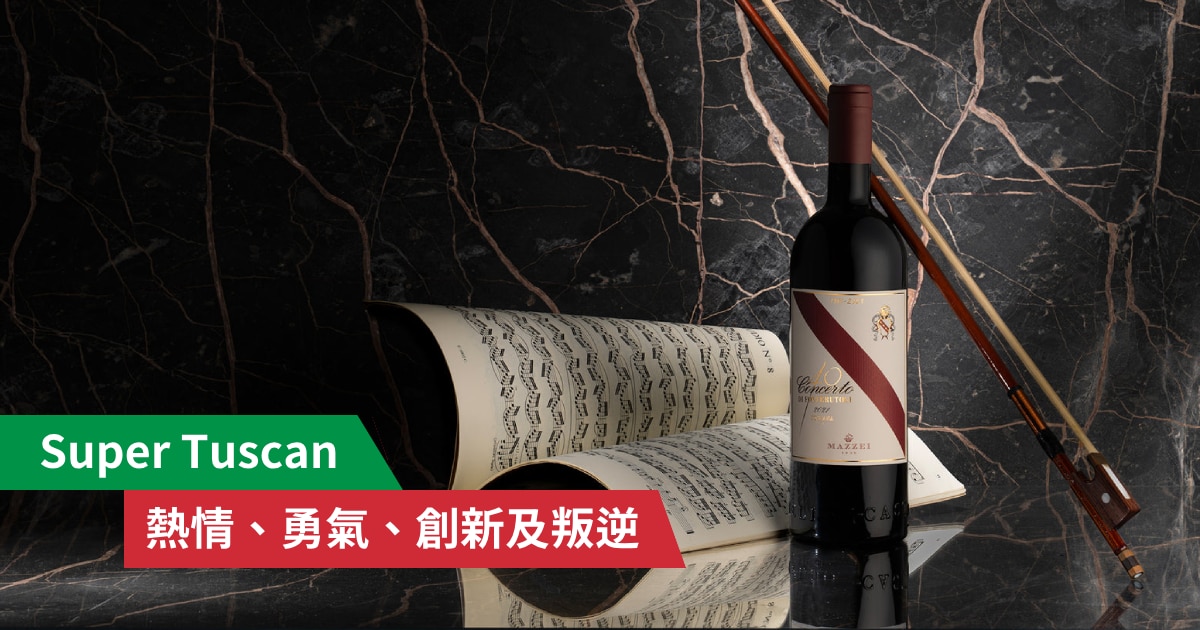If you are to name the most iconic wines in Italy, Barolo is definitely on the list – it is hailed as “the wine of kings, the king of wine”, distinguishing itself from its counterparts with its exquisite quality and illustrious history. It has been on the dinning table of royalty and nobles since hundreds of years ago, earning an irreplaceably high status in Italian wine. Let’s know more about our “king of Italian wine” below!
What is Barolo?
Barolo is an Italian DOCG wine produced in the northern Italian region of Piedmont. It has to be made with 100% Nebbiolo, an indigenous grape variety of Italy, and aged for at least 3 years at cellar before release. To label the Barolo as a Riserva, the winery has to age it for a minimum of 5 years. For those who are not familiar with Barolo, when they first see its colour – which is usually light and translucent – they may mistakenly think that it’s a light-bodied wine. Yet, it’s typically very well-structured, with a full body, good acidity and strong tannin, also expressing the aromas of raspberry, cherry, tar and rose.
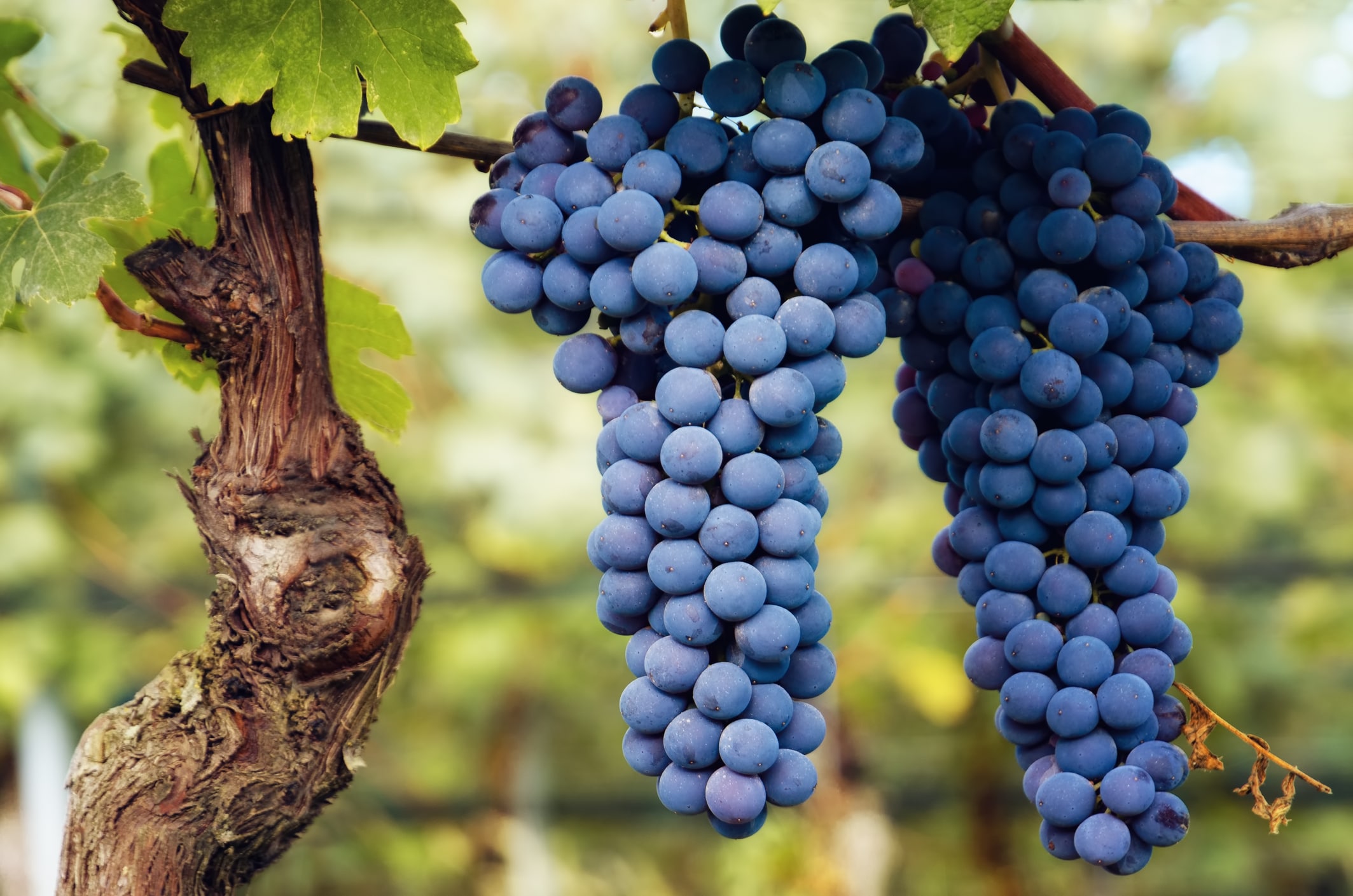
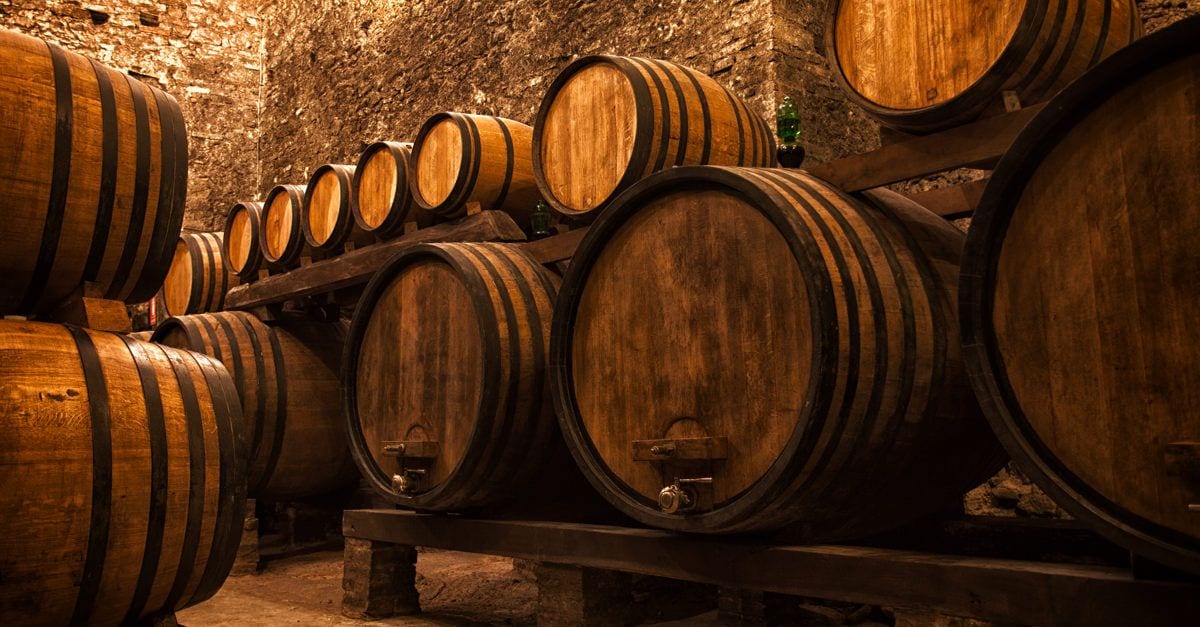
Another noteworthy characteristic of Barolo is its exceptional ageing potential – a regular Barolo can be aged for at least 10-20 years. “Traditionalist” Barolo of great vintages can even be aged for 2-3 decades; for some exceptional ones, 50 years, making them particularly valuable for collectors. Since the 70-80s, some “modernist” Barolo producers took reference to French winemaking skills. They have shortened the grape skin maceration time and adopted smaller barrels, so that the Barolo produced are of lower tannins and can be enjoyed younger (ready to drink after ageing for 6-10 years).
Sub-regions of Barolo
Barolo DOCG consists of 11 communes, including the five most prominent ones: Barolo, La Morra, Castiglione Falletto, Serralunga d’Alba, and Monforte d’Alba. Given different terroirs, each commune produces Barolo of their own style.
Barolo and La Morra is located in the West and have soils higher in clay; as for Castiglione Falletto, Serralunga d’Alba, and Monforte d’Alba, they are in the Eastern part and their soils are high in sand and limestone. The former two communes tend to produce softer wines with good fruitiness. In particular, La Marra produces the softest ones and has the highest production. The latter three communes produce more intense wines that require longer ageing.
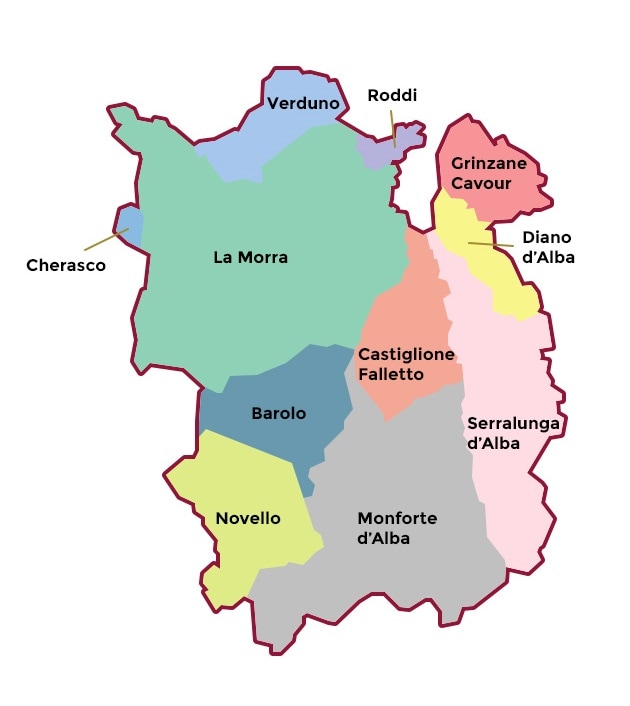
Barolo x food pairing
Barolo is known for its rich flavours, tannins and floral notes, making it suitable to pair with dishes also with a strong taste profile, such as grilled prime ribs. Prime ribs have high fat content that can balance Barolo’s tannin, highlighting the wine’s fruit and truffle flavours. Regarding the most classic match for Barolo, it’s the world-renowned Alba white truffle, which is also from Piedmont. White truffle has intense aromas and can often elevate a dish. White truffle risotto, for example, reaches a complete new level when added with a few slices of white truffle on top. It perfectly complements the Barolo that is with similar earthy notes. Moreover, we can choose to pair with pastas with rich tomato or truffle sauce. Grilled duck breast or foie gras would be good options too.
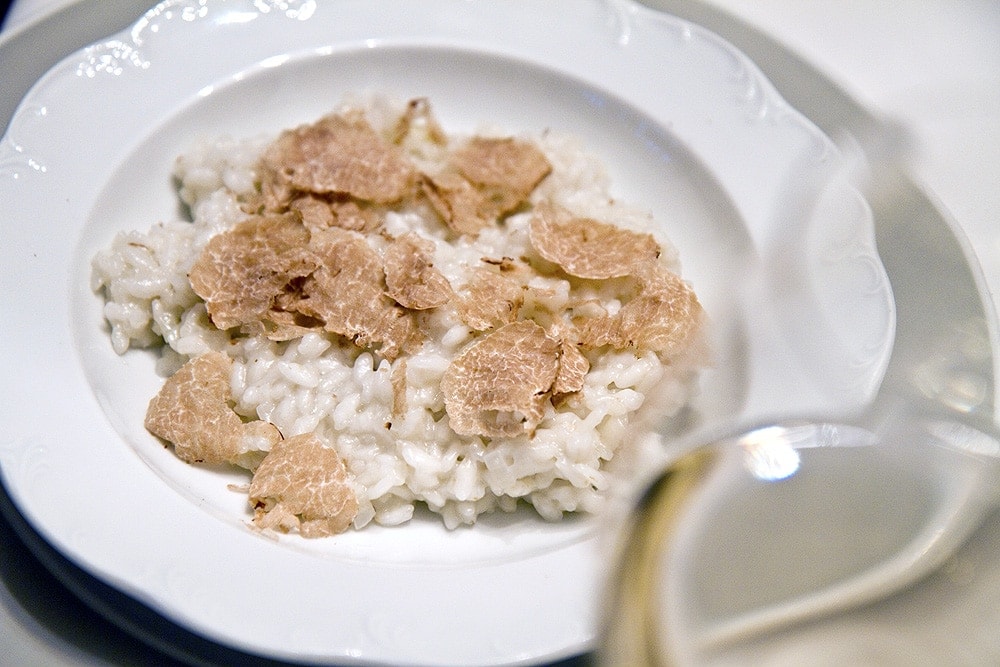



 Same Day Pick-up
Same Day Pick-up